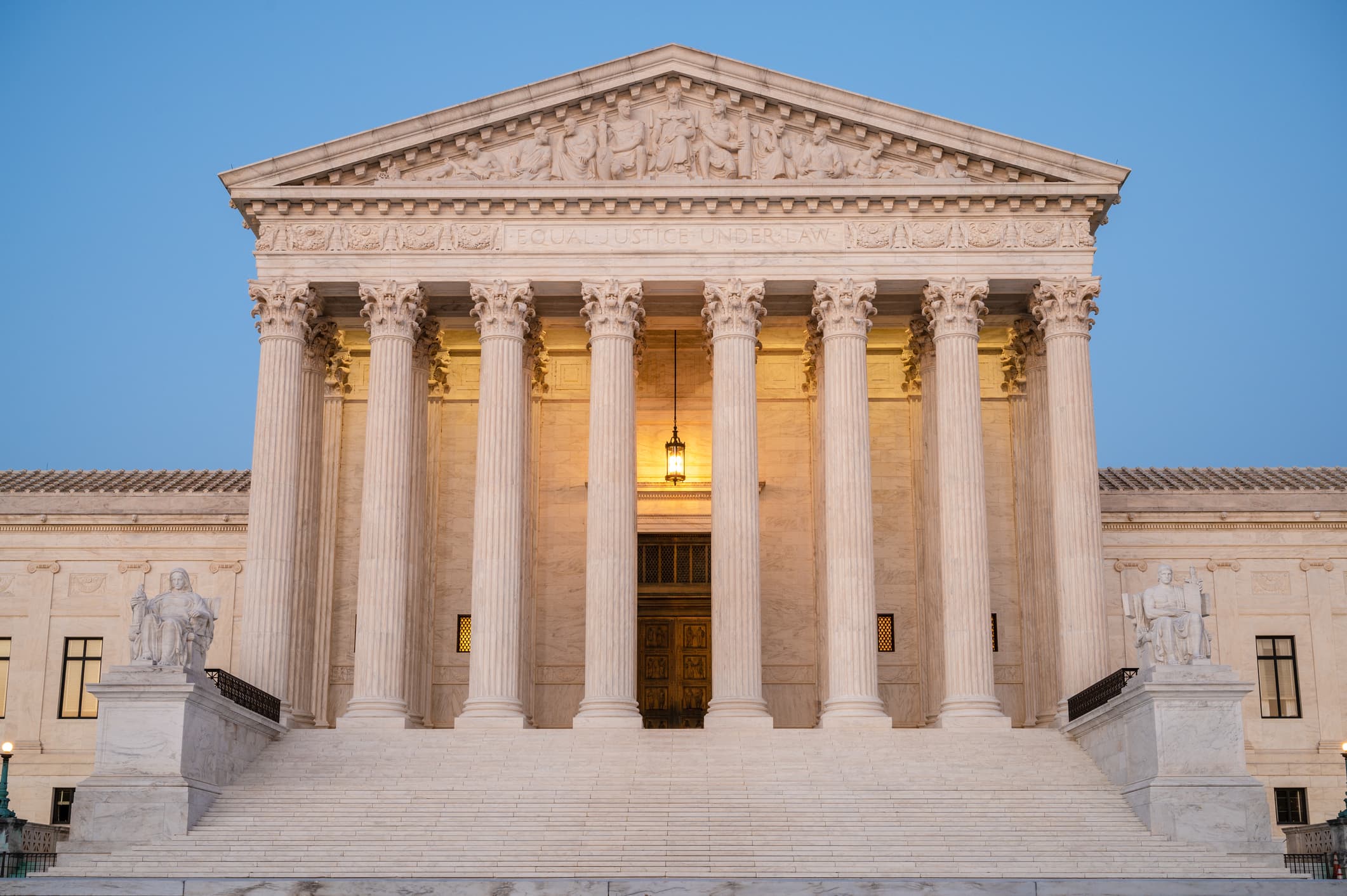Richard Sharrocks
A case before the Supreme Court has the power dramatically reshape how the U.S. government polices financial fraud and other misdeeds against consumers — which many experts fear would weaken existing protections and expose the public to more harm.
The case, which concerns the Consumer Financial Protection Bureau, could ultimately lead to the dissolution of the agency, which lawmakers created in the wake of the 2008 financial crisis and was bestowed with broad powers to issue and enforce consumer-protection rules in areas such as banking, student loans, credit reporting, mortgages, payday loans and debt collection.
Depending on their verdict, Supreme Court justices could also diminish states’ power to investigate and punish financial wrongdoing.
“It would be effectively a big rollback in the consumer protection enforcement authorities,” said Christopher Peterson, the director of financial services and a senior fellow at the Consumer Federation of America, a consumer advocacy group.
“There would be fewer deterrents [for financial institutions] to use tricks and traps” to ensnare the American public, he said.
Congress created the Consumer Financial Protection Bureau in 2010 when it passed the Dodd-Frank financial-reform law, giving it a mission to protect Americans from unfair, deceptive and abusive financial practices.
At the time, families were grappling with the effects of the worst financial crisis since the Great Depression, perpetuated by irresponsible lending practices that reverberated across the U.S. and global economies.
Oversight of consumer finance was previously “scattered across government” and laws “escaped regular federal oversight,” according to the CFPB website.
The CFPB has collected billions of dollars in penalties from financial companies for wrongdoing. Its largest, for $2.13 billion in 2013, was levied against mortgage servicing firm Ocwen Financial Corp. and a subsidiary for allegedly putting thousands of people at risk for losing their homes.
The agency has recovered more than $12 billion for consumers to date, according to a Consumer Federation of America report published in March last year. The agency’s activity has dropped off under the Trump administration, the report says.
There would be fewer deterrents [for financial institutions] to use tricks and traps.
Christopher Peterson
director of financial services and senior fellow at the Consumer Federation of America
The plaintiff in the Supreme Court case — Seila Law LLC v. Consumer Financial Protection Bureau — questions the legality of the agency’s unique structure.
The CFPB is run by a single director, who serves a five-year term and may only be removed “for cause” by the president. That, the plaintiff argues, gives the director an unconstitutional insulation from federal authority.
Opponents of the agency, which receives its funding from the Federal Reserve, have called for Congress to structure it as a multi-member commission similar to a federal regulator like the five-member SEC.
The court is also considering if it should invalidate Title X of Dodd-Frank — the section of the law that created the CFPB — if the agency’s structure is ruled unconstitutional.
If that were to happen, it could upend the status quo of consumer financial protection. For one, it would dissolve the CFPB. But it would also curtail states’ ability to root out wrongdoing.
That’s because Title X of Dodd-Frank bestows greater power upon states to police financial rules. It allows states to enforce federal laws governing consumer protection — which are stronger than many of the states’ laws — and blocks the federal government from preventing those state actions, Peterson said.
States have used their expanded power to obtain hundreds of millions of dollars for consumers and penalize wrongdoers, according to a court filing made Jan. 22 by 23 states and the District of Columbia.
The states outlined several examples. In 2018, 49 states sued PHH Mortgage Corp., a mortgage servicing company that ultimately paid $45 million in restitution, penalties and fees. In 2014, Illinois sued Alta Colleges, which forgave the debt of former students enrolled in its for-profit schools.
It’s doubtful that at least five Supreme Court justices would vote for this outcome, although the situation is murky given the conservative majority of the nine-member court, Peterson said.
Oral arguments are scheduled to begin March 3.
There wouldn’t be an apocalyptic outcome if the court ultimately invalidates the relevant section of Dodd-Frank, according to the plaintiff.
“It would not eliminate federal consumer-financial protection,” the plaintiff said in a court filing. “Instead, it would return authority under the 18 preexisting federal consumer-protection laws to other federal agencies.”
The plaintiff concedes, though, that Congress created the CFPB out of concern that federal agencies “had not given their enforcement sufficient attention.”
Federal law would also “no longer broadly prohibit any unfair, deceptive, or abusive acts or practices in the consumer-finance industry” if Title X were deemed unconstitutional, the plaintiff said.
